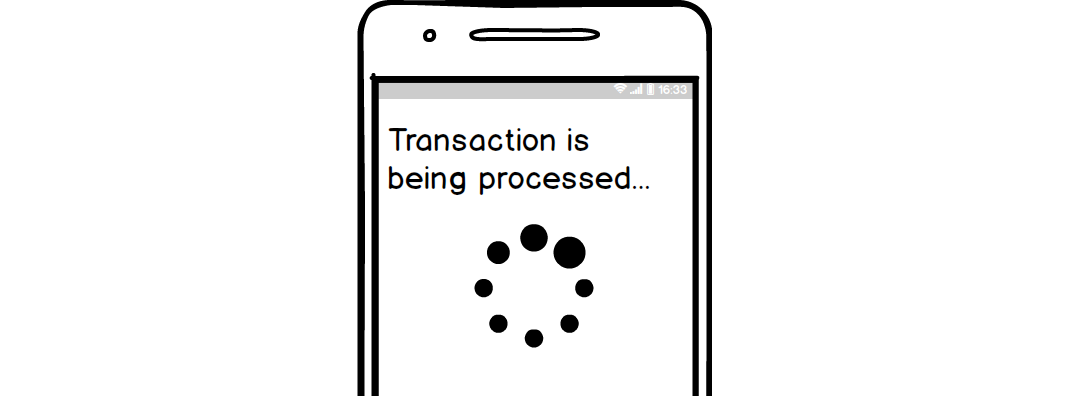This topic is no longer available. If you have interest in similar topics regarding trust and HCI, please contact us with a proposal.
Long, unexpected waiting times can damage the trust a user has placed in a system. This is particularly important in the context of online banking and electronic payment systems, where long waiting times leave users uncertain about the success of a transaction.
One specific research idea is to evaluate and quantify the influence of a payment system’s response time on the users’ perceived trustworthiness of the system. Multiple studies can be conducted based on this research idea by varying the design elements (i.e., UI elements that set expectations regarding waiting time), the risk involved (e.g., the sum involved in a transaction), and the domain (e-banking, p2p payment, e-commerce).

